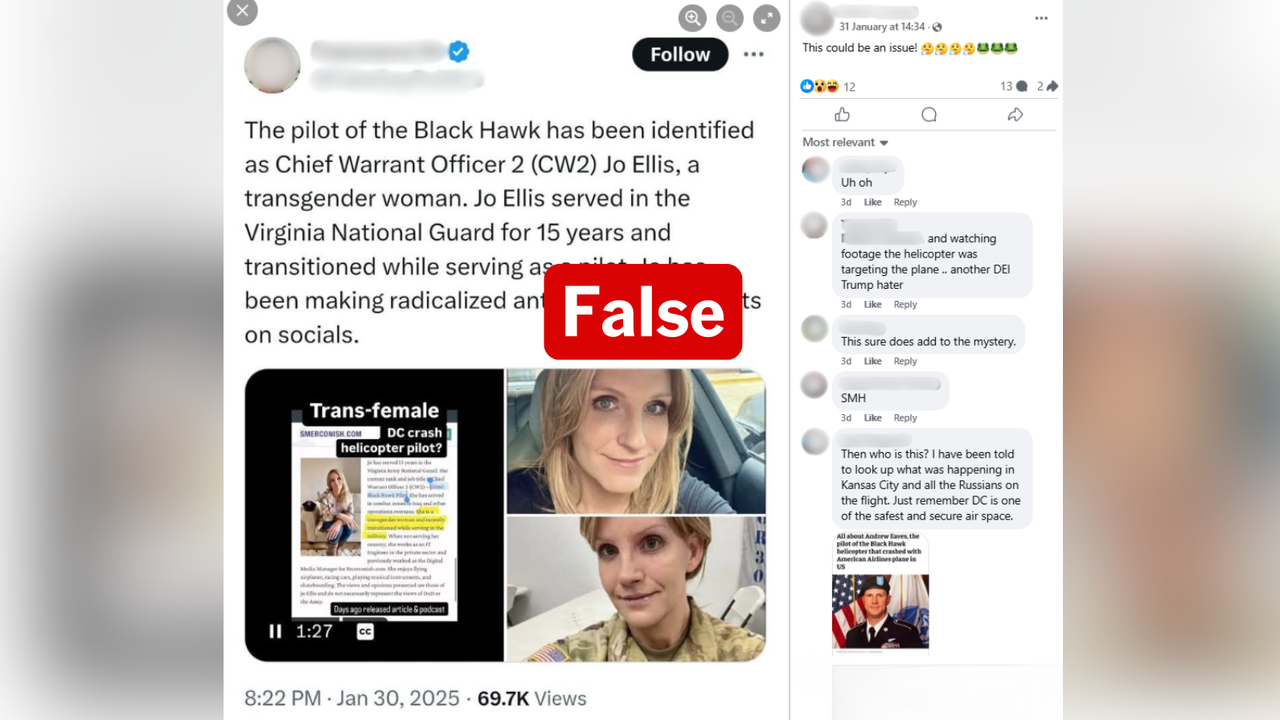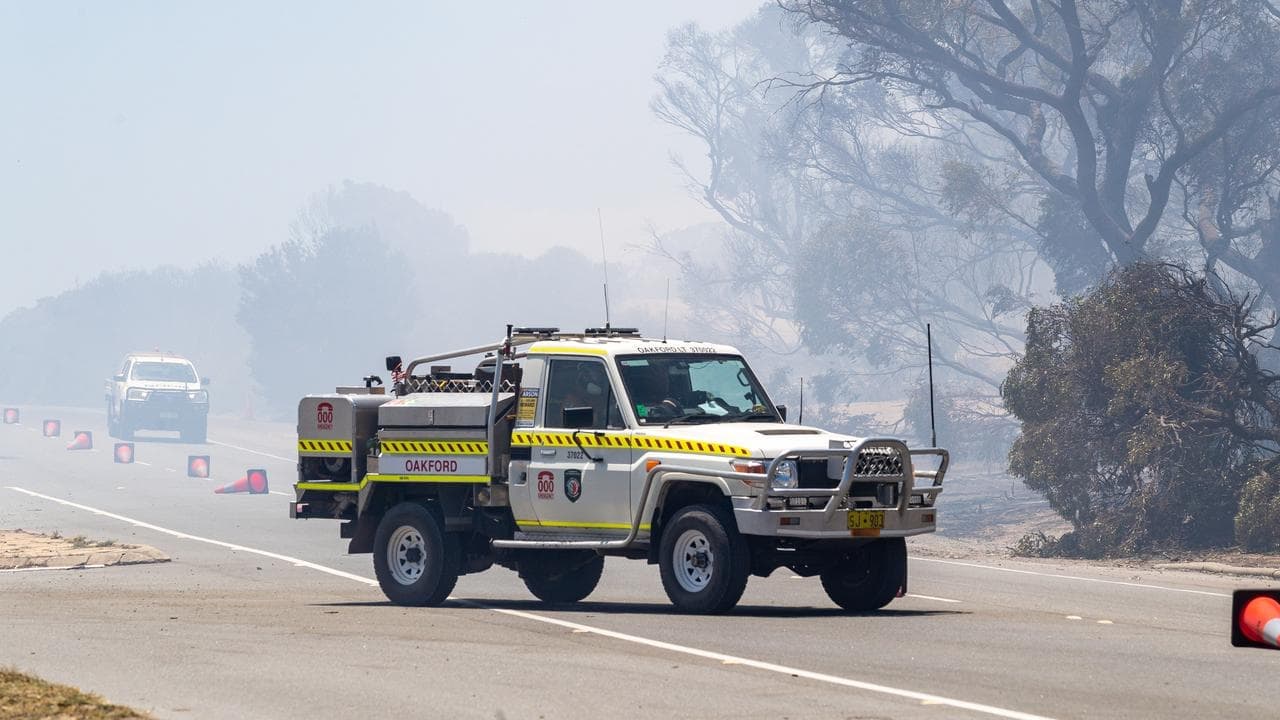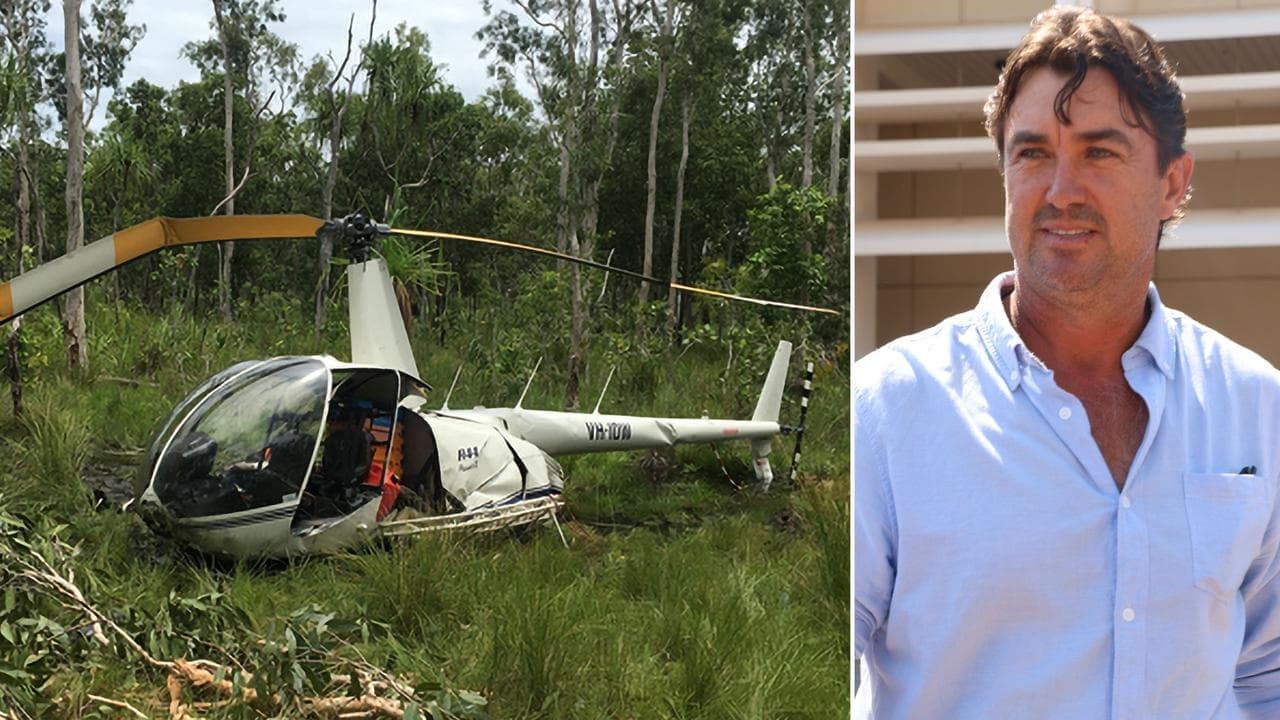WHAT WAS CLAIMED
A video shows waves created by an underwater machine to keep people away from an Antarctic ice wall.
OUR VERDICT
False: The video shows waves created by ice breaking off a glacier in Greenland.
AAP FACTCHECK - A false claim that a secret underwater machine is generating artificial waves to prevent people from entering a military-guarded ice wall in the Antarctic has gone viral on social media.
Experts told AAP FactCheck the video actually depicts what's described as a "mini tsunami" generated by ice breaking off a glacier in Greenland.
The claim is featured in a video originally shared on TikTok.
The TikTok user claims it shows a boat approaching a hole in the Antarctic ice wall, which he claims is called "the Serpent's Gate".
He claims the location is guarded by the military and that a "giant wave generator" is used to keep ships and boats away from the entrance.
"They got these secret technology (sic) underneath the water and it creates this giant wave," he says as a huge wave builds near the ice wall and heads towards the boat.
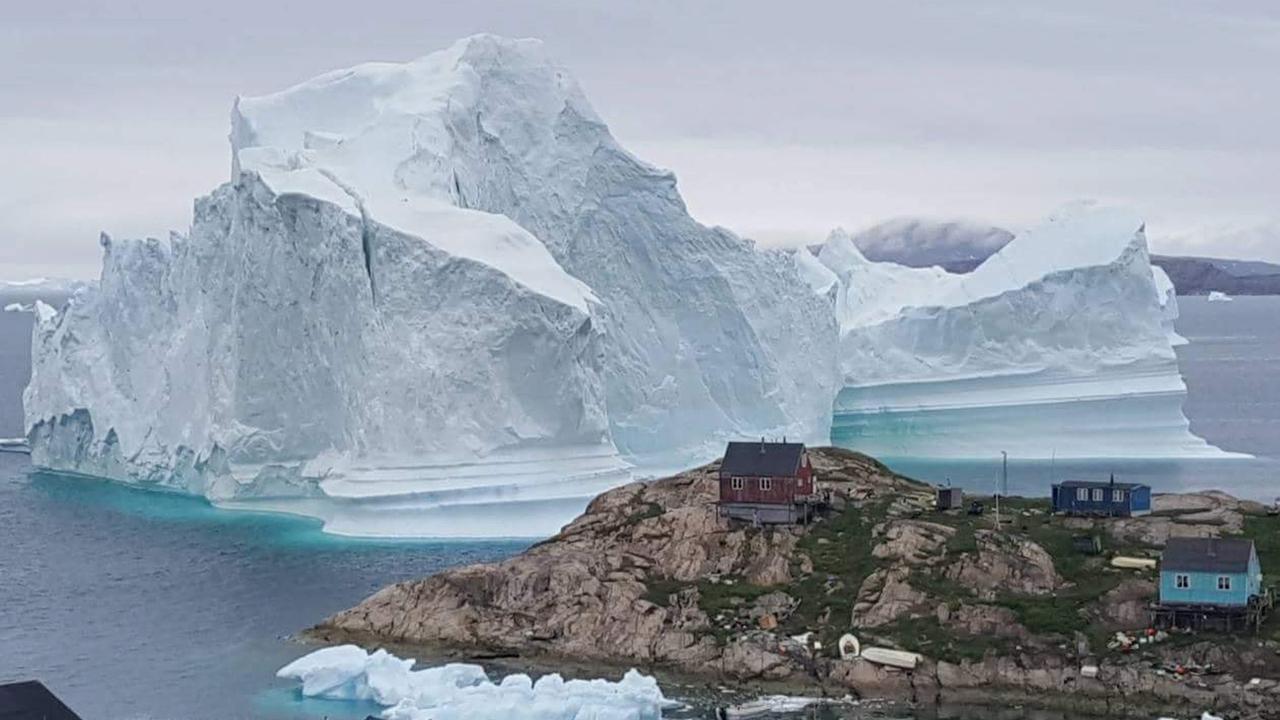
"They use probably a free energy device because this would take a huge amount of energy and look at this - a huge artificial wave that forces these guys in this tiny little boat to get away because they're obviously hiding something over there."
"They don't want anyone finding the other continents on the other side of the walls," a comment on the video reads.
AAP FactCheck performed a reverse image search and found the original footage dates back to at least January 2021 when it was featured on the Swiss-German news website Blick.
"Giant waves after a glacier break-off," the caption reads. "These fishermen from Greenland have no idea what's coming towards them. A glacier break-off triggers metre-high waves."
Italian CorriereTV also featured the video with the headline: "Greenland: a piece of glacier breaks off, the mini 'tsunami' risks overwhelming the fishermen".
A description of the video says: "A large block of ice broke off from an iceberg in Iceland, causing a sort of 'tsunami' with the waves generated by the fall."
Antarctica expert Matt King, of the University of Tasmania, told AAP FactCheck the video was typical of what is often seen in Greenland where narrow but tall icebergs break off a floating glacier.
"Because they are so tall they then topple over (backwards in this case), where the massive underwater foot of the glacier comes up to the surface. As it does, it pushes water out of the way, creating a mini tsunami," Professor King said.
"This is a reasonably common occurrence in Greenland, but increasingly so as some of the glaciers there are calving more ice and retreating than they used to."
He said the idea the military was stopping people going to Antarctica was laughable.
"People sail there, people fly there, on both private and government owned ships and planes. Under the Antarctic Treaty, Antarctica is reserved for peace and science, the opposite of militarisation.
"I also have no idea what that map (in the video) is meant to represent or where the 'Serpent's Gate' is. It's not like anywhere on Earth. Looks entirely computer generated."
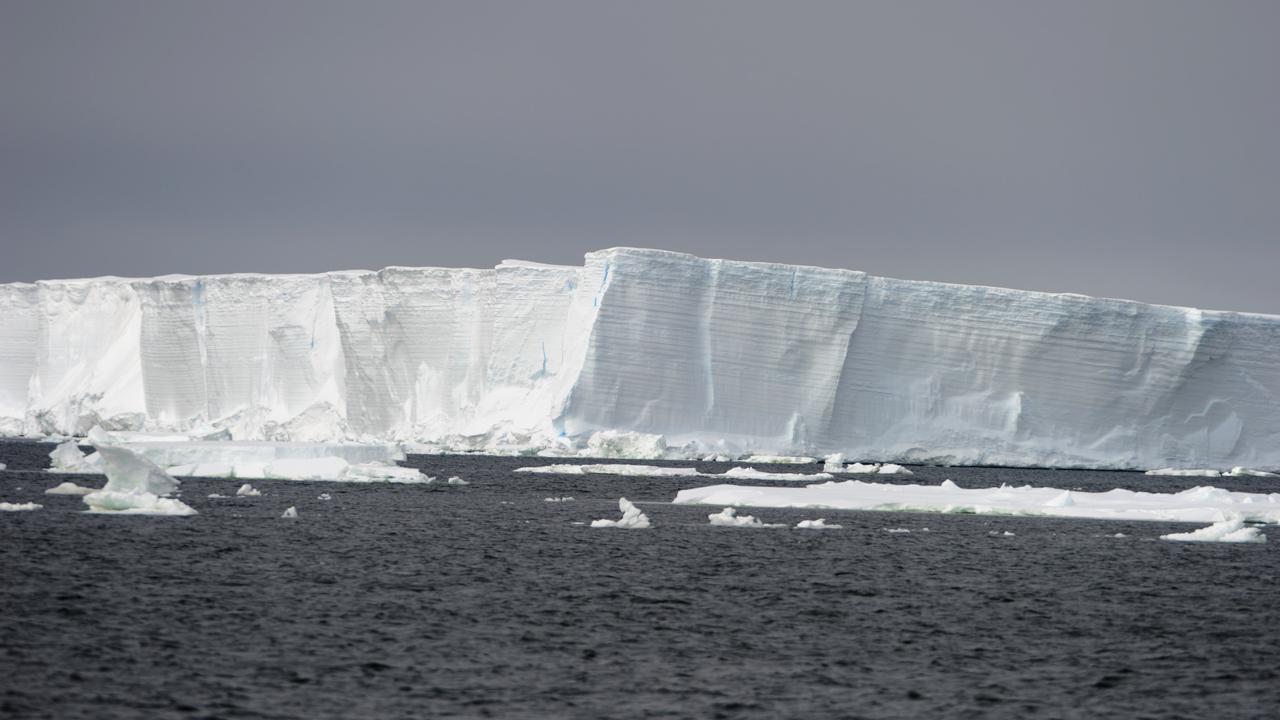
Marine geologist and oceanographer Colin Summerhayes, of the Scott Polar Research Institute, described the process that causes the mini tsunami.
"As the frontal area breaks away from the rest, the ice block initially sinks," Dr Summerhayes told AAP FactCheck. "As it does so it also rotates so that the part of it that was underwater rolls up towards the surface.
"Slowly that underwater bit that has rolled surface-wards tips forward and the back part, which was originally at the surface of the glacier, but sank when the deeper part tipped upwards, rights itself and comes back to the surface.
"In the process of breaking away from the main glacier body, the tipping process creates a significant wave - a mini-tsunami, which disperses rapidly.
"If tourist boats get too close when one of these events occurs, boats can be swamped and people can get killed. It's not a safe environment."
AAP FactCheck is an accredited member of the International Fact-Checking Network. To keep up with our latest fact checks, follow us on Facebook, Twitter and Instagram.






